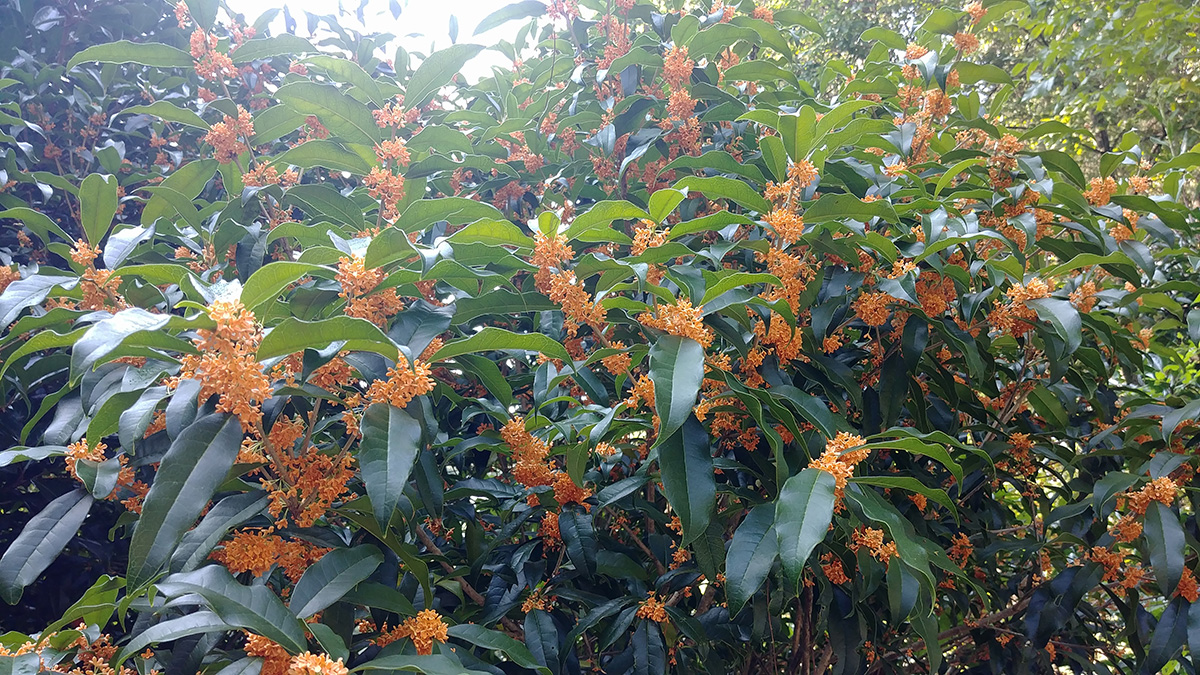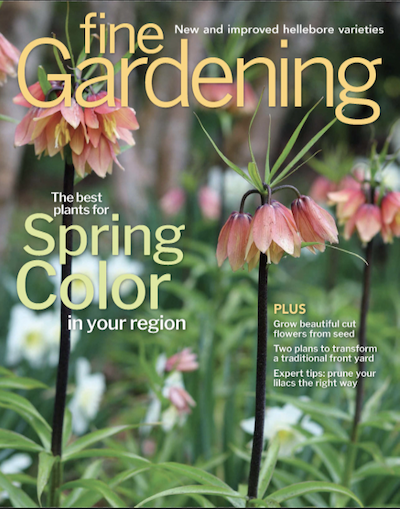Dr. Andy Pulte
-
Southeast Regional Reports
The Best Colocasias to Add Tropical Flair to Your Summer Garden
Most likely native to Southeast Asia, colocasia (Colocasia esculenta, Zones 7b–12) is used by many gardeners for its large, tropical-looking foliage. This plant also has a long history of being…
-
Southeast Regional Reports
Save Your Trees from Bagworms
Easily one of the most asked-about pests are bagworms. The evergreen bagworm (Thyridopteryx ephemeraeformis) is an insect that makes distinctive spindle-shaped bags during its larval stage. If left uncontrolled, larval…
-
Southeast Regional Reports
The Gibbs Gardens Shine in Spring
I was lucky enough to visit the Gibbs Gardens many years ago before they were fully open to the public. I was immediately struck by the meticulous maintenance the gardens…
-
Southeast Regional Reports
Plant a Succession of Unique Spring-Flowering Bulbs
Planting spring-flowering bulbs in fall is an easy way to bring joy to the garden in the following year. This group of plants brings with them tremendous excitement and early…
-
Southeast Regional Reports
Two Dwarf Deodar Cedars for Year-Round Color
I am fascinated with deodar cedar (Cedrus deodara, Zones 6b–8). It is perhaps one of the most graceful of all evergreens we can grow. Deodar cedar is hardy to 6b…
-
Southeast Regional Reports
3 Easy-to-Grow Fall Crops for the Southeast
If you haven’t noticed, Americans are good at jumping the gun on fall. By early August my neighbor has already set out her “It’s Fall Y’all” porch sign. The end…
-
Southeast Regional Reports
Managing Powdery Mildew in the Southeast
Powdery mildew can show up in a variety of plants in the Southeast, including trees, shrubs, perennials, and vegetables. The high humidity that we experience in the Southeast provides just…
-
Southeast Regional Reports
The Best Petunias: Trial Results from Southeast Universities
My garden is not heavily planted with flowering annuals. I focus more on trees, shrubs, and herbaceous perennials. However, I can’t resist adding color to my containers and filling blank…
-
Southeast Regional Reports
Tips for Growing Tomatoes in the Southeast
If you do any vegetable gardening at all in the Southeast, you likely grow tomatoes. Even people who don’t particularly care for tomatoes often can’t resist planting a few every…
-
Southeast Regional Reports
The Best Black-Eyed Susans for the Southeast
Gardeners across the world love the North American–native black-eyed Susan (Rudbeckia hirta, Zones 3–8), also called gloriosa daisy. This straight species is particularly useful in cottage gardens, meadow landscapes, or…

















